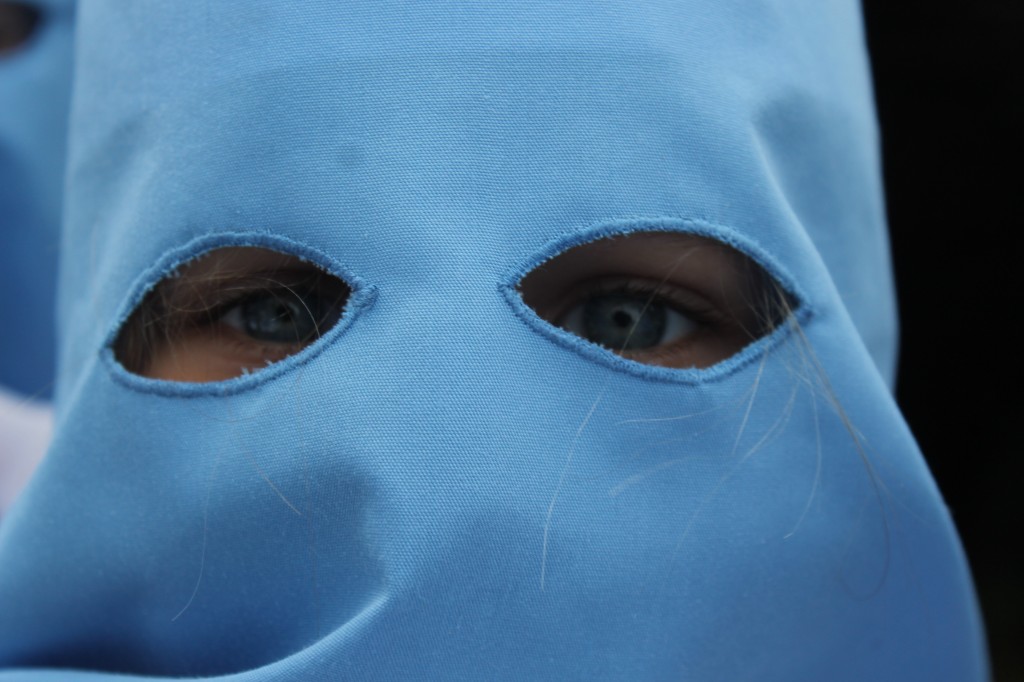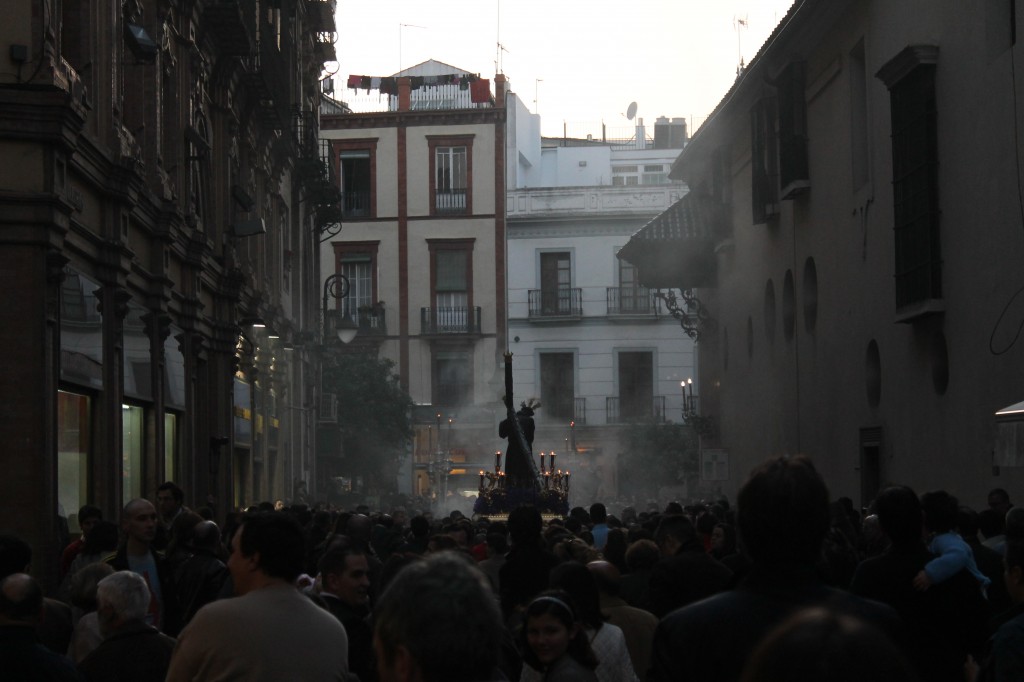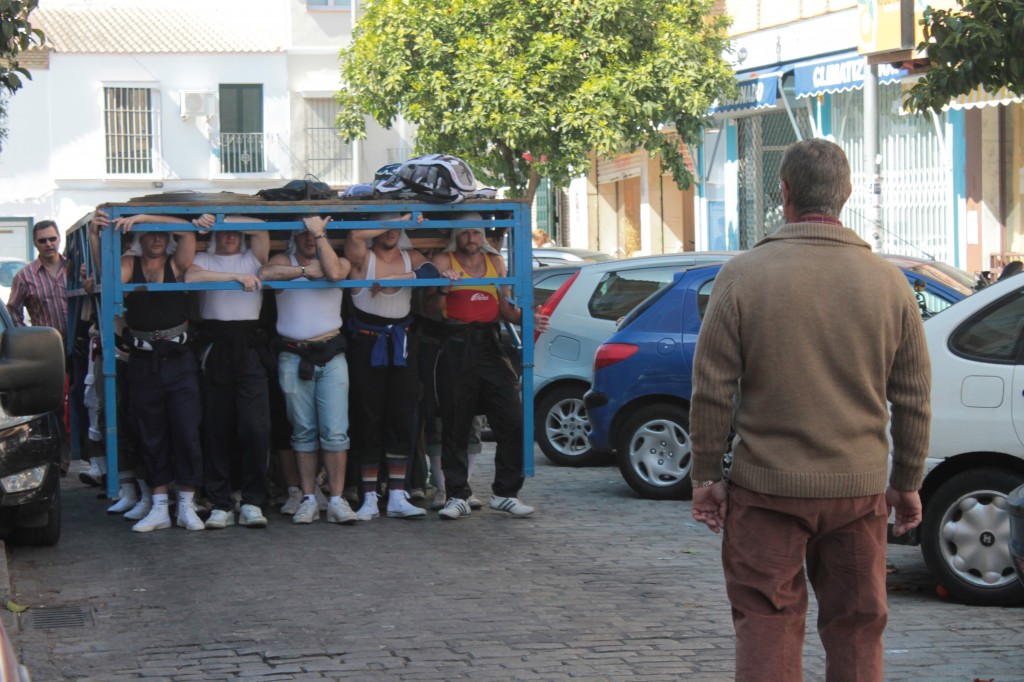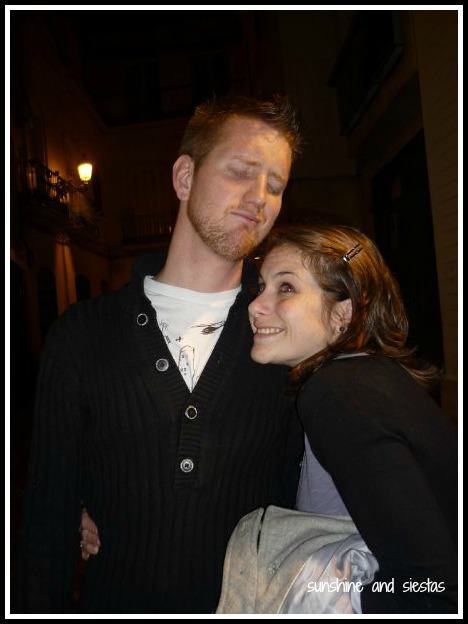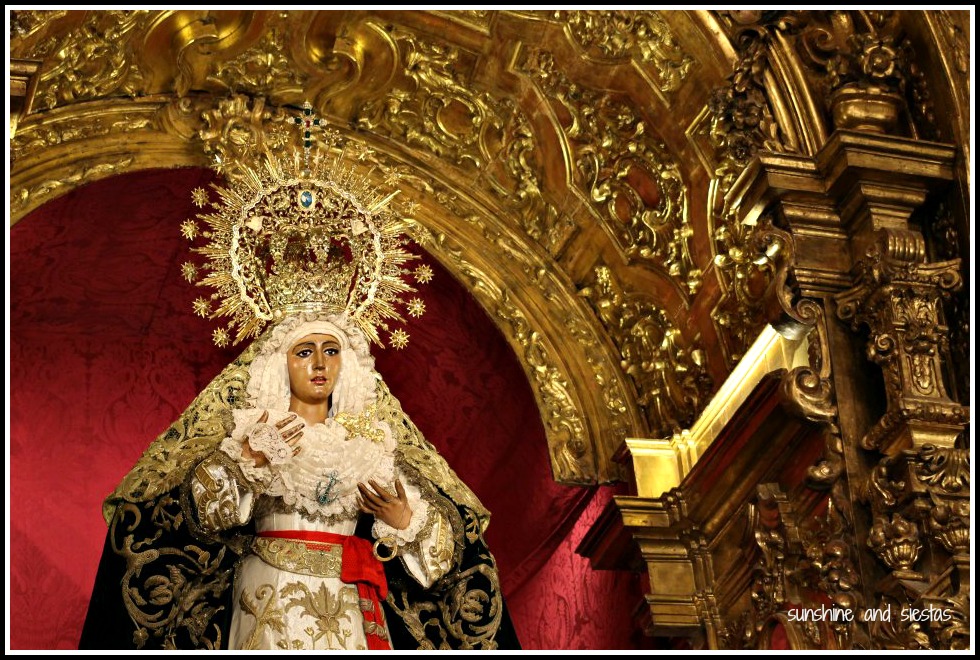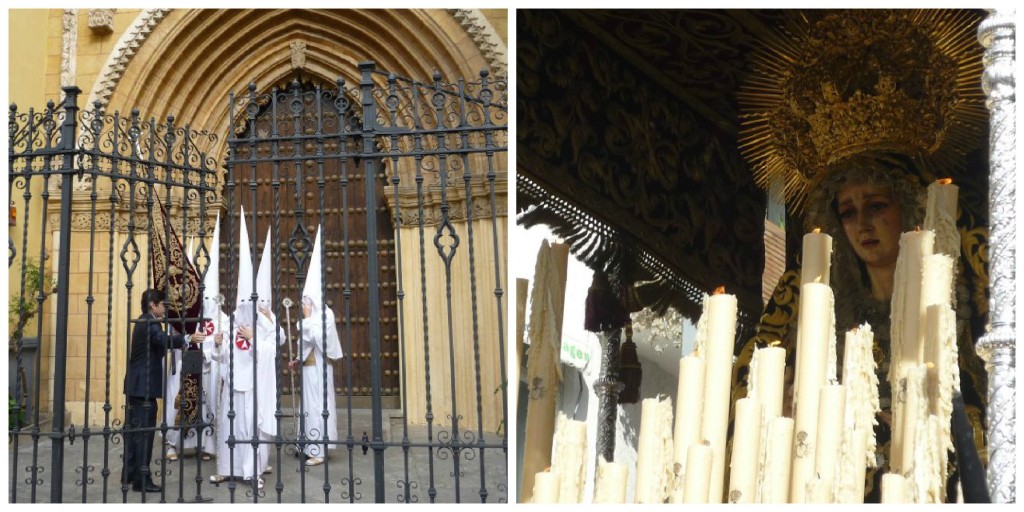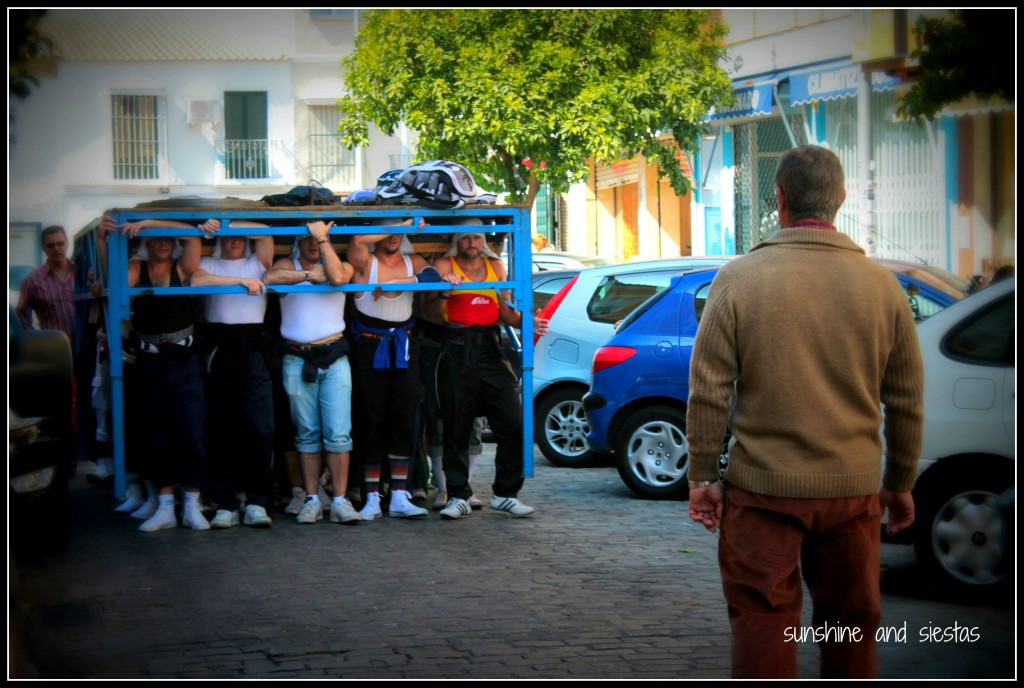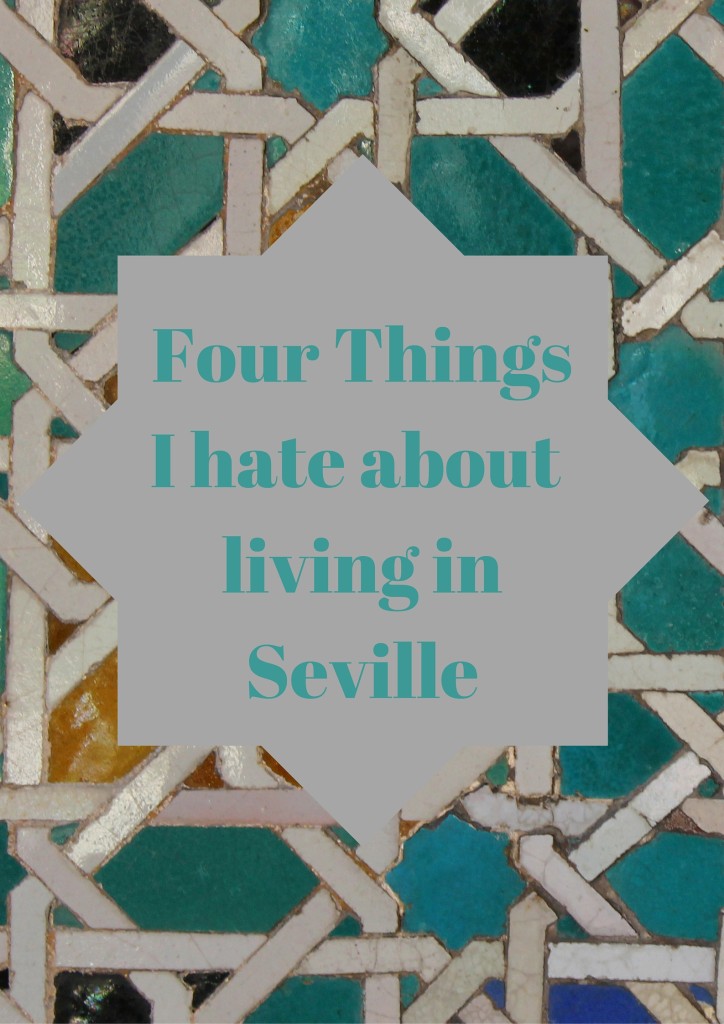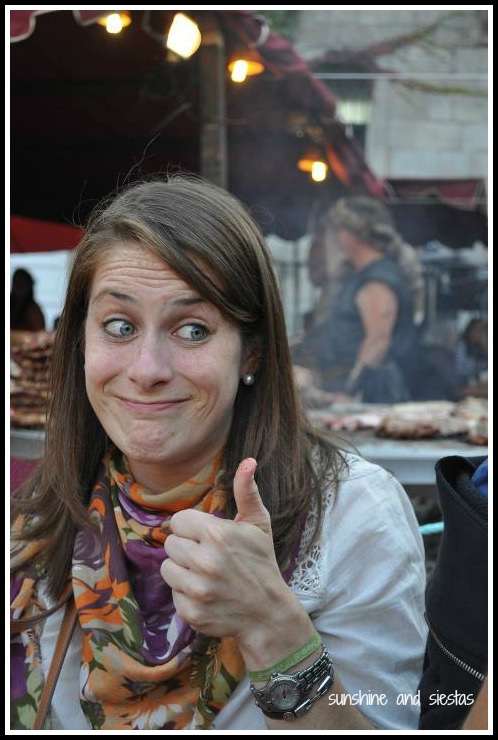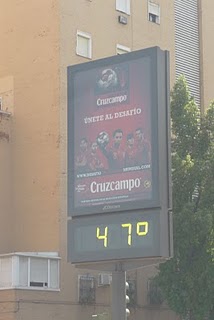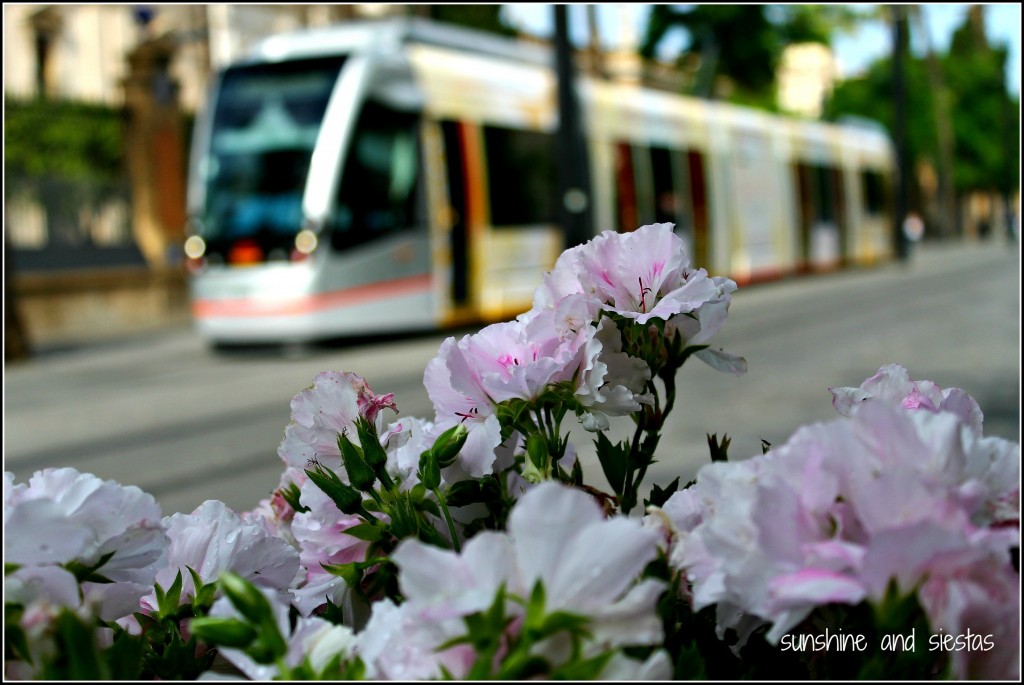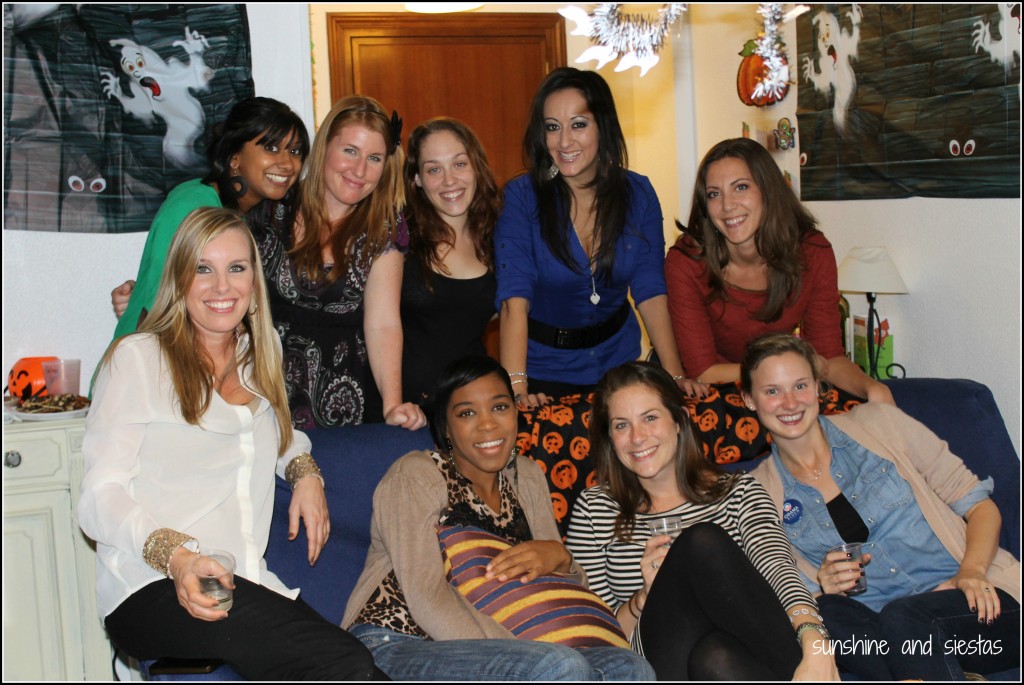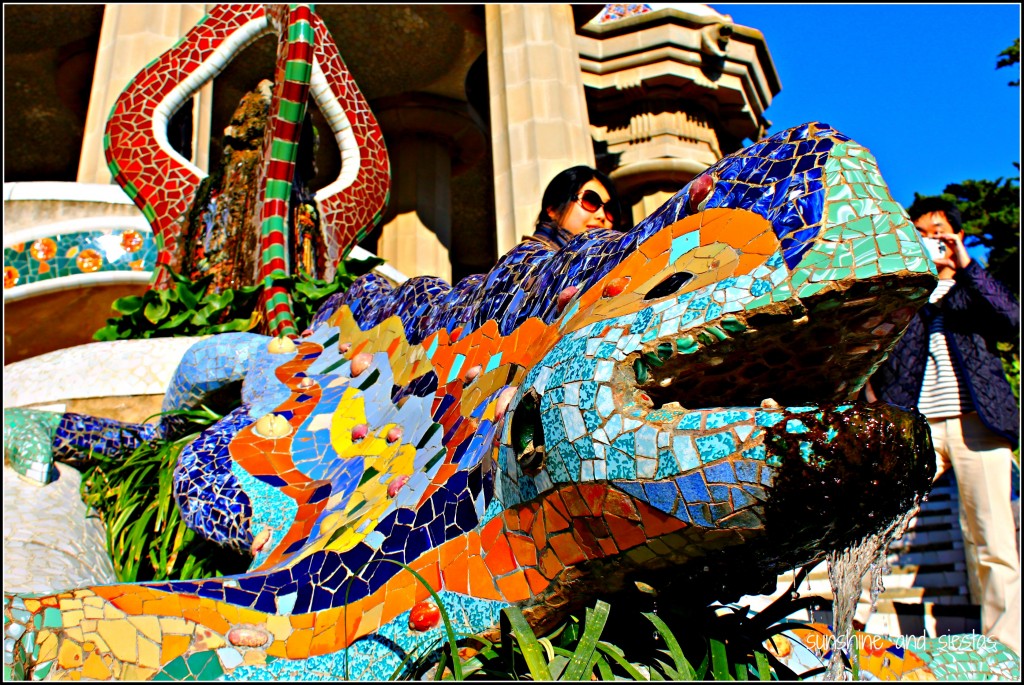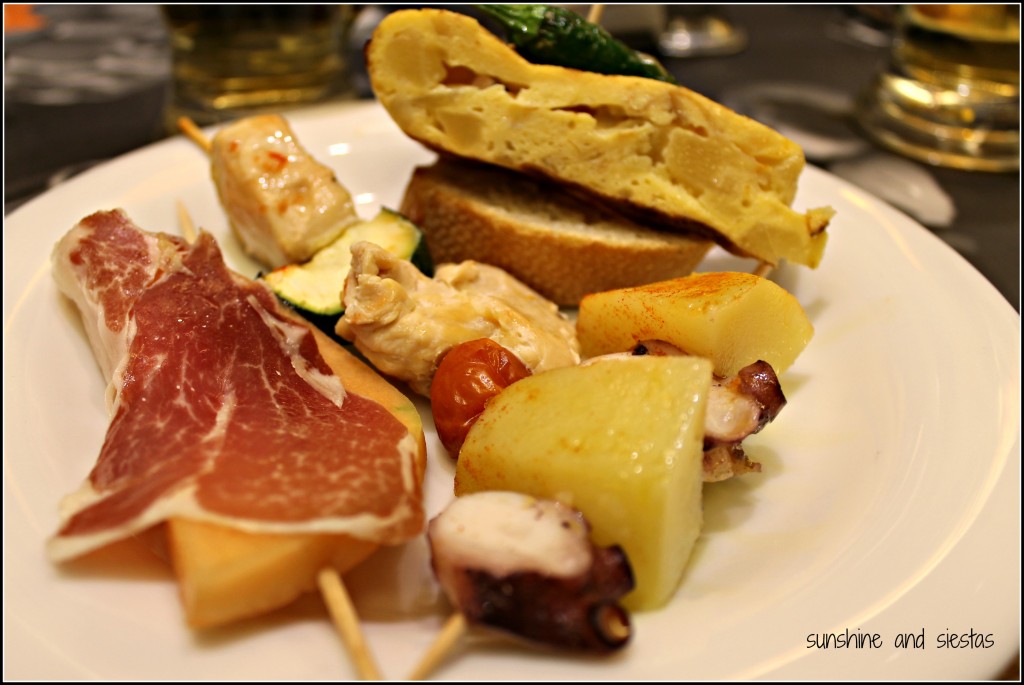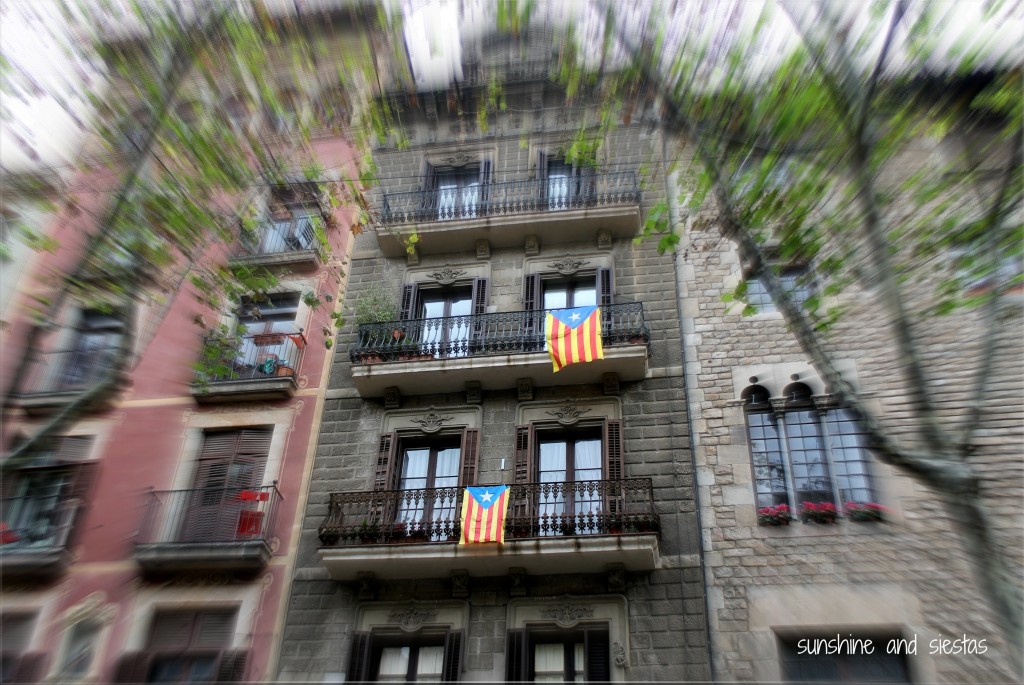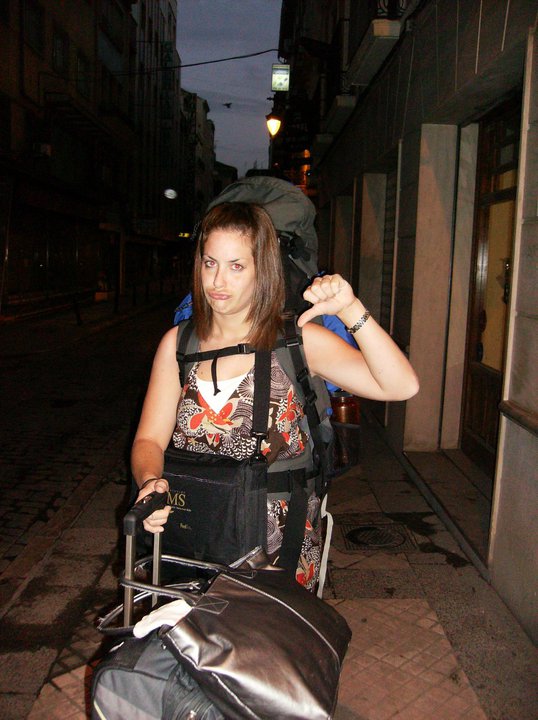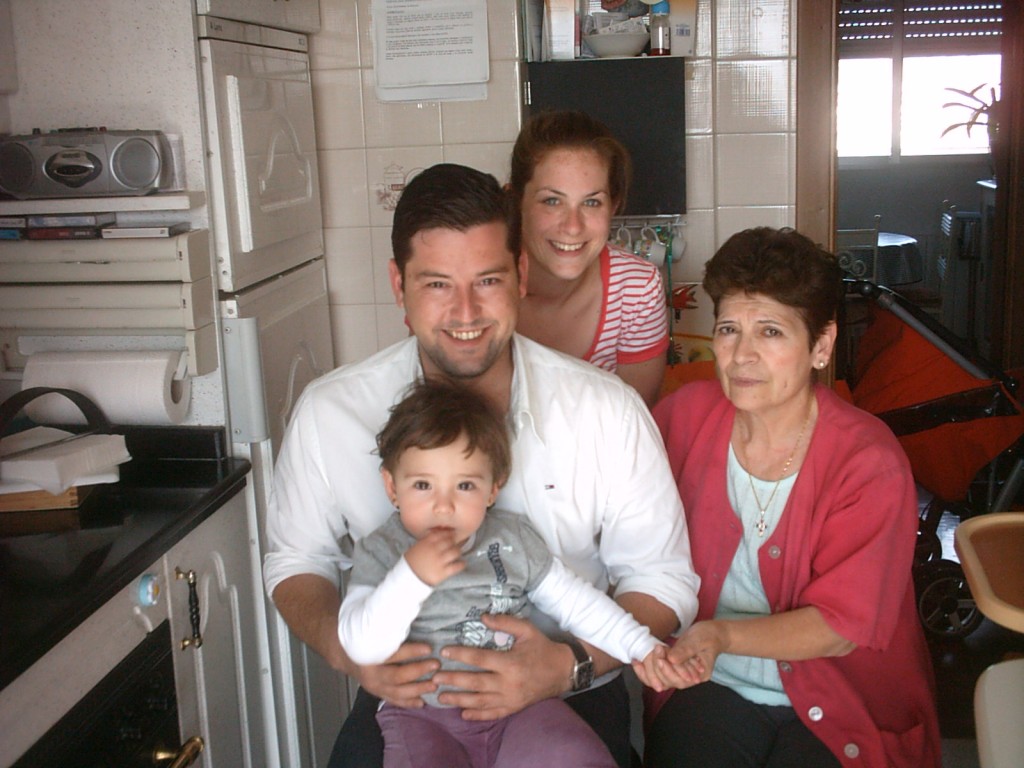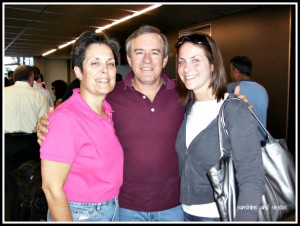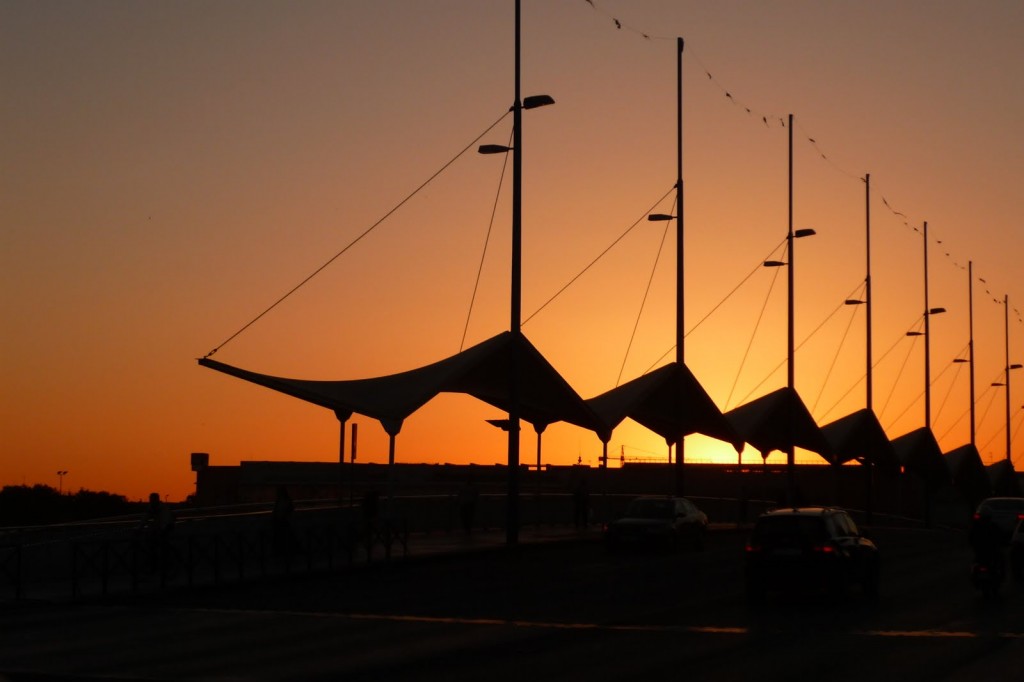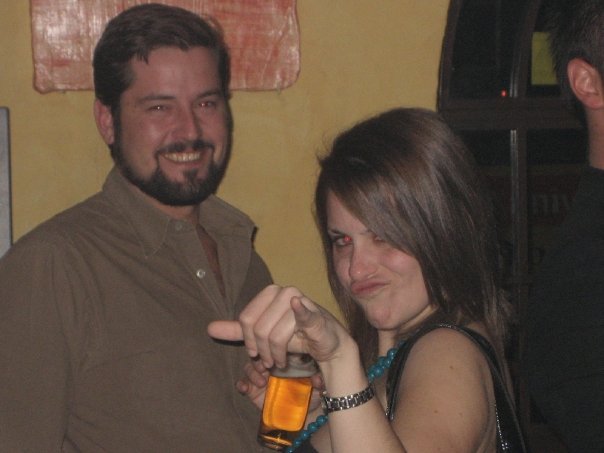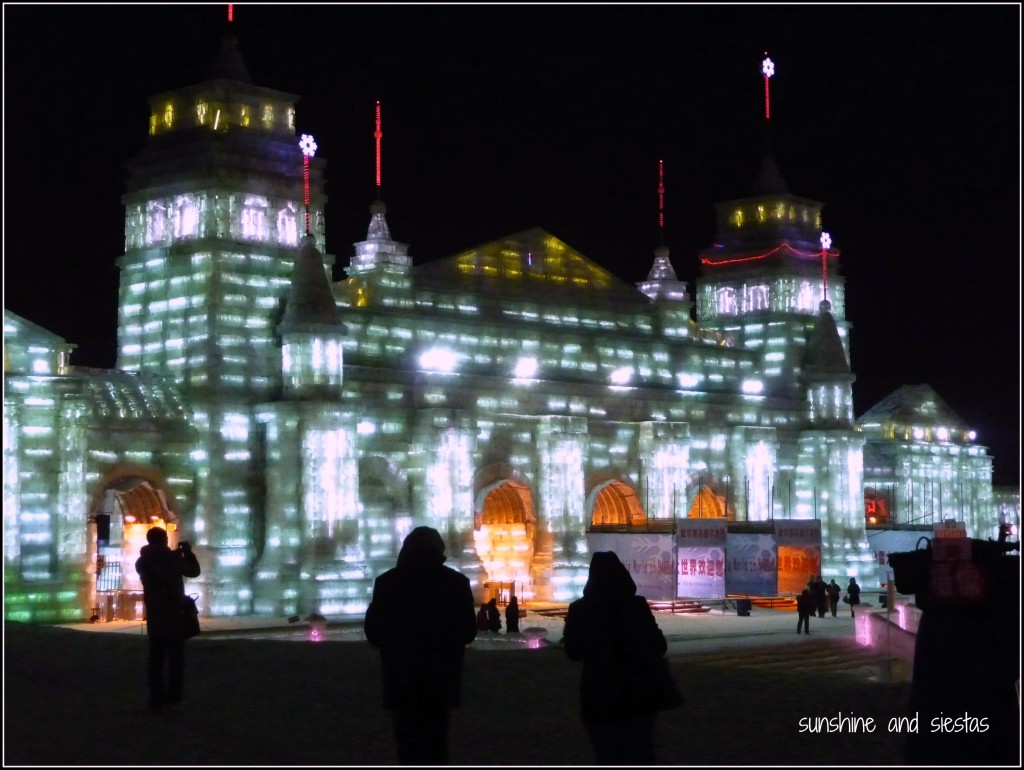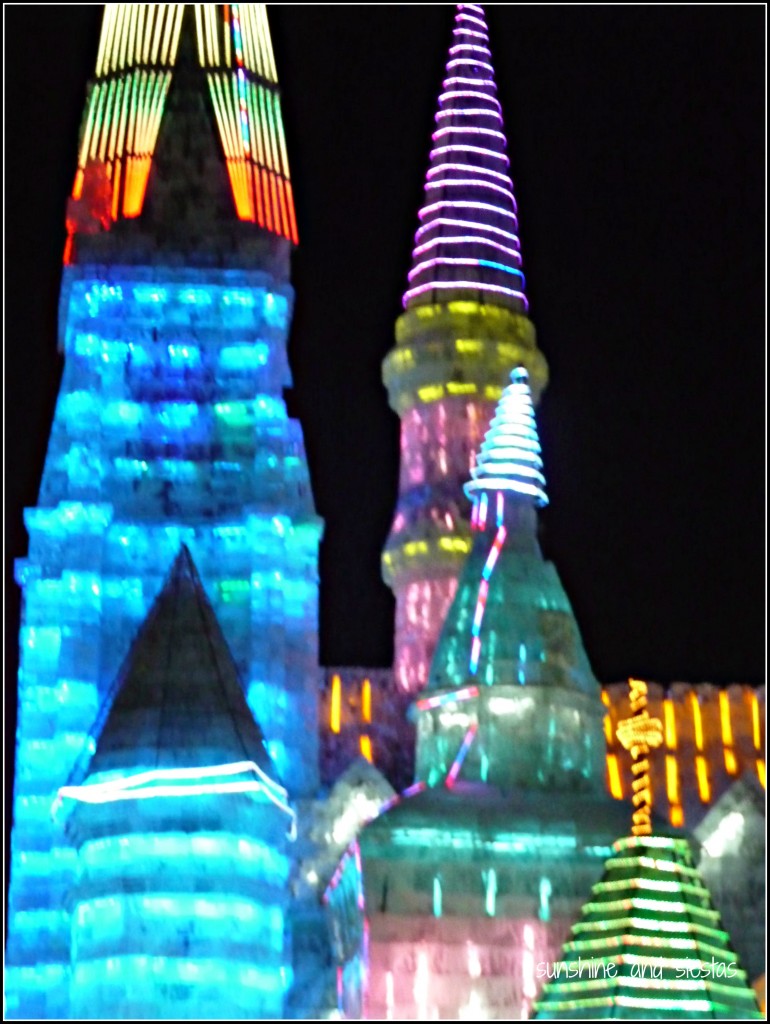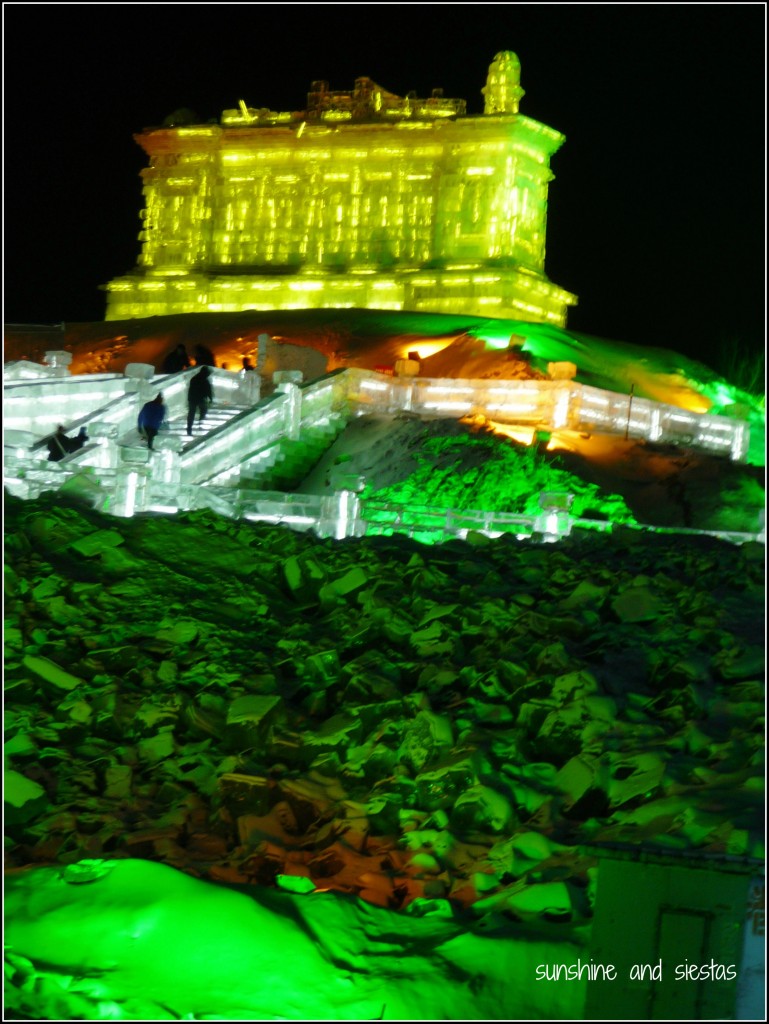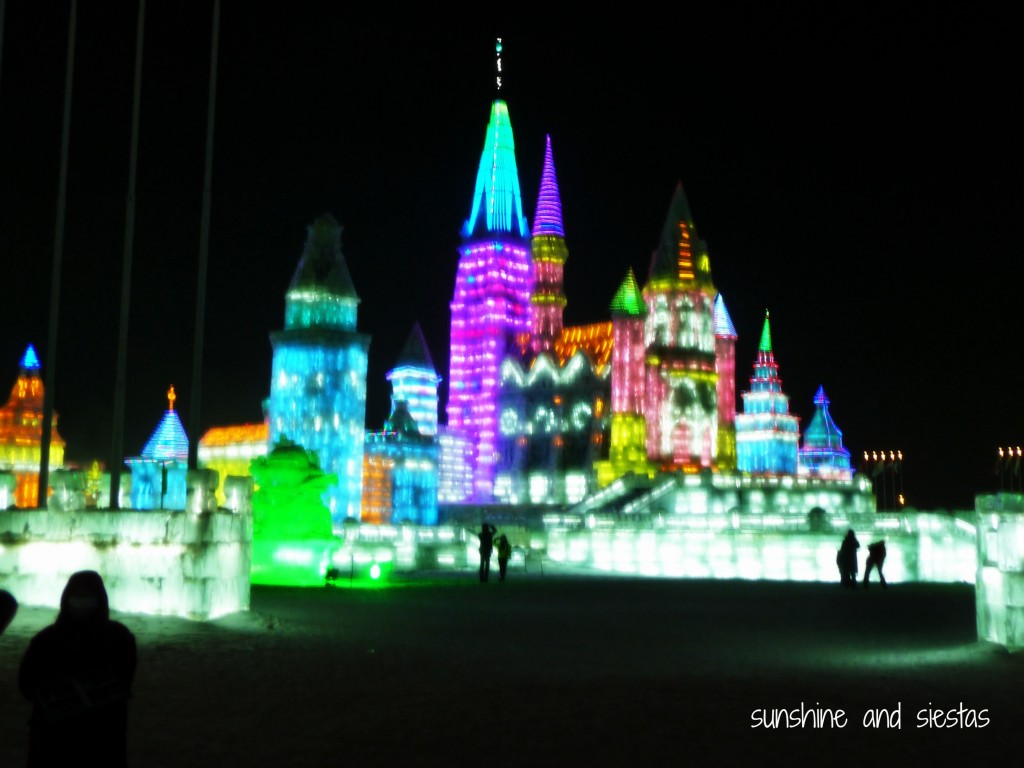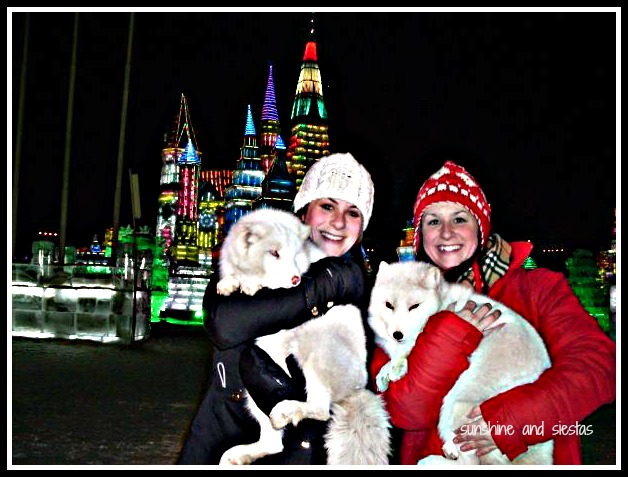Smell that? It’s incense. Feel that? That’s some sevillano whose trying to push his way past you.
Yes, amiguitos, Holy Week is upon us, the stretch of time between Viernes de Dolores until Easter Sunday where sevillanos dress in their finest, women don enormous combs and black lace veils and pointy capirote hats dot the old part of town. The faithful spend all day on their feet, parading from church to Cathedral and back with enormous floats depicting the passion, death and resurrection of Christ.
I’m not much of a capillita, but ten days of religious floats means ten days of travel for me.
That said, I’m off to Dubrovnik, Croatia and the Bay of Kotor, Montenegro, country #30 on my 30×30 quest. Where will you be during Semana Santa? Do you like Holy Week, or would you rather get your fix in a Holy Week bar?
